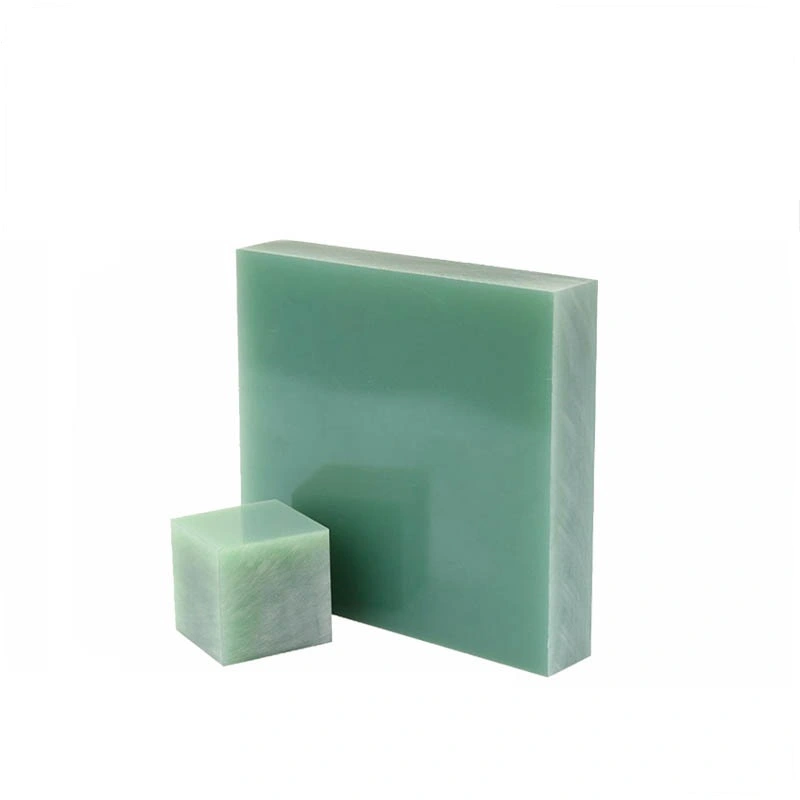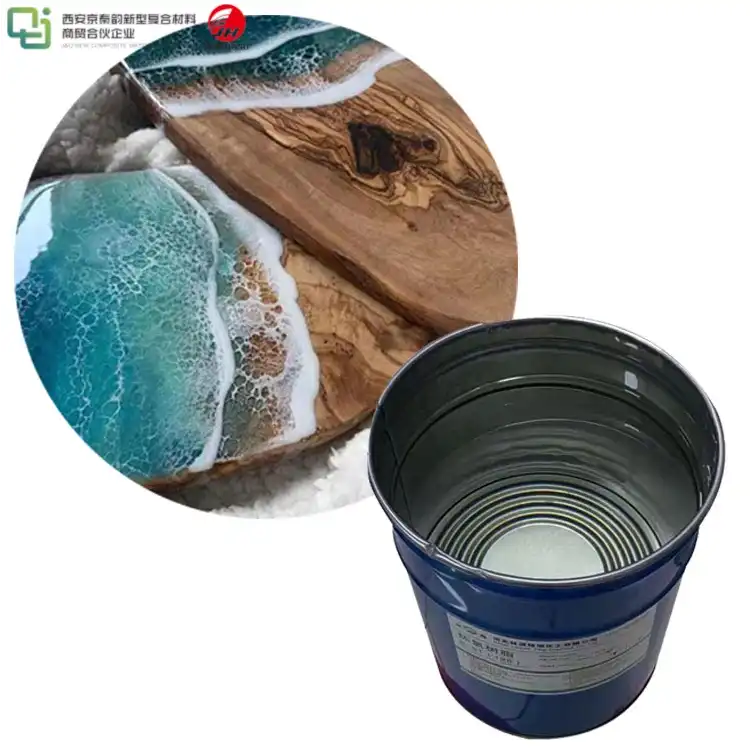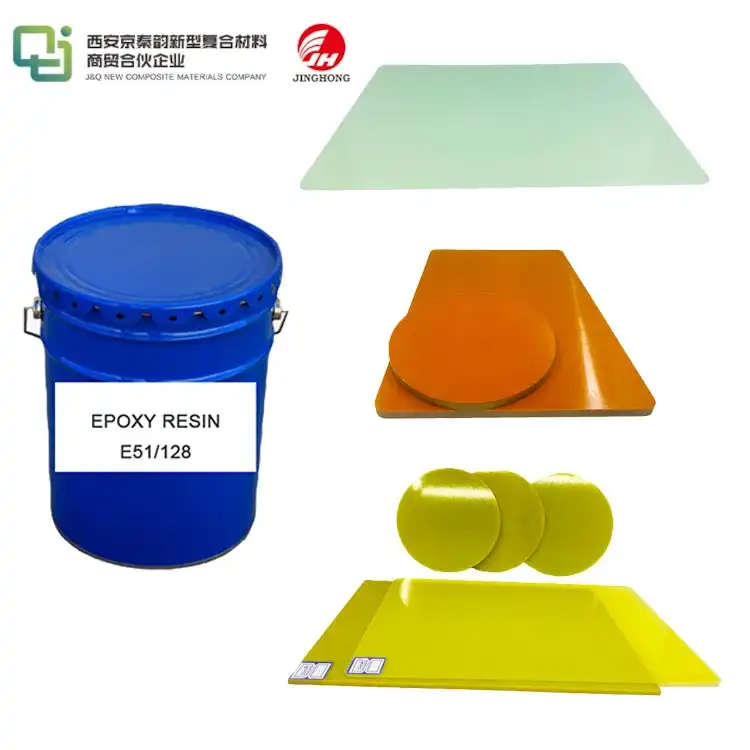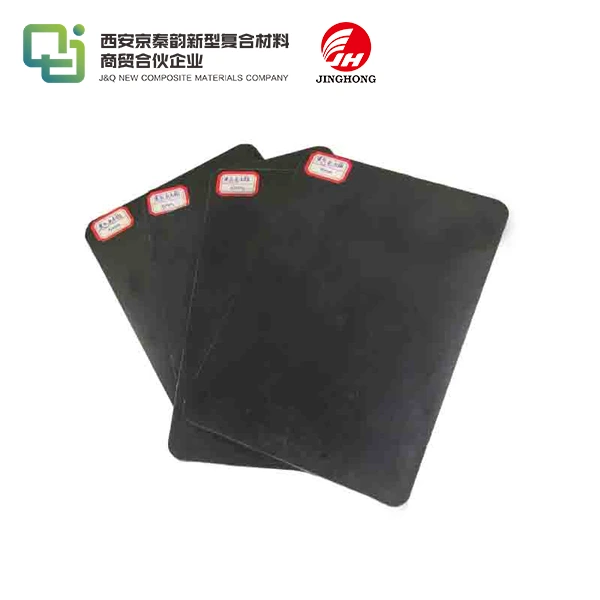What is the maximum temperature for G10 FR4?
2024-08-12 14:36:34
When it comes to high-performance insulating materials, G10 FR4 sheet stands out as a versatile and reliable option. Whether you're working in electronics, aerospace, or industrial applications, understanding the temperature limits of G10 FR4 is crucial for ensuring optimal performance and safety. In this article, we'll explore the maximum temperature capabilities of G10 FR4 and provide insights into its thermal properties.
Understanding G10 FR4
Before diving into temperature limits, let's first understand what G10 FR4 actually is. G10 FR4 is a robust thermoset plastic laminate, created by combining woven fiberglass cloth with a flame-retardant epoxy resin binder under high pressure. The 'FR' in G10 FR4 signifies its flame-resistant properties, making it suitable for demanding applications where fire safety is a concern.
This material is renowned for its superior electrical insulation, high mechanical strength, and excellent chemical resistance, which contribute to its widespread use in various industries. It is especially favored in the electronics sector for manufacturing printed circuit boards (PCBs) and other electrical components due to its durability and reliability under harsh conditions. G10 FR4 sheet's combination of high performance and versatility makes it a preferred choice for critical applications requiring both strength and insulation.
Maximum Temperature Capabilities of G10 FR4
When it comes to the maximum temperature for G10 FR4, it's essential to consider both short-term and long-term exposure. The material can withstand different temperature ranges depending on the duration of exposure and the specific application requirements.
Short-Term Temperature Tolerance
For brief, intermittent exposures, G10 FR4 can endure temperatures up to approximately 280°C (536°F) without undergoing significant degradation. This high-temperature tolerance is particularly beneficial in applications where components may experience transient thermal stresses, such as in electronics manufacturing or in high-temperature testing environments. During such short-term exposures, G10 FR4 maintains its structural integrity and electrical insulation properties, making it suitable for use in high-temperature applications where temperatures exceed its usual operating range.
Long-Term Temperature Tolerance
In contrast, when subjected to continuous, long-term use, G10 FR4 sheet's temperature tolerance is more limited. The recommended maximum operating temperature for sustained exposure is generally around 130°C to 140°C (266°F to 284°F). Prolonged exposure to temperatures above this range can lead to gradual degradation of the material, including loss of mechanical strength, electrical insulation failure, and changes in dimensional stability. For applications requiring continuous operation at elevated temperatures, it's crucial to adhere to these limits to avoid premature failure and ensure the material's reliability over time.

Factors Affecting Temperature Resistance of G10 FR4
G10 FR4 is renowned for its exceptional thermal and electrical insulating properties, but its performance under high temperatures can be influenced by several key factors. Here are the primary factors affecting the temperature resistance of G10 FR4:
Resin System
G10 FR4 is typically made from an epoxy resin combined with glass fiber reinforcement. The quality and type of epoxy resin can greatly impact the material's thermal properties. Advanced epoxy formulations may offer enhanced thermal stability and improved performance at higher temperatures compared to standard resins. High-temperature epoxy resins are designed to maintain their mechanical and electrical properties even when exposed to elevated temperatures for extended periods. When selecting G10 FR4 for high-temperature applications, it's essential to consider whether the resin system used is suitable for the intended temperature range.
Thickness
Thicker sheets generally provide better thermal insulation and heat dissipation compared to thinner ones. This can be particularly advantageous in applications where heat buildup is a concern. A thicker G10 FR4 sheet may be able to withstand higher temperatures or better manage heat distribution, reducing the risk of localized overheating. However, it's important to note that while increased thickness can offer improved thermal performance, it may also affect other properties such as mechanical strength and flexibility.
Environmental Conditions
Factors such as humidity, exposure to chemicals, and mechanical stress can all influence how well the material performs at elevated temperatures. High humidity can lead to moisture absorption, which may degrade the resin and reduce the material's thermal stability. Exposure to certain chemicals, especially aggressive solvents or acids, can also weaken the resin and affect its temperature tolerance. Additionally, mechanical stress or physical strain can exacerbate the effects of high temperatures, potentially leading to premature failure. When using G10 FR4 in harsh environments, it is essential to consider these factors and choose a material grade that can withstand the specific conditions.
Duration of Exposure
The length of time that G10 FR4 is exposed to high temperatures is a critical factor in determining its performance and longevity. As noted earlier, while G10 FR4 can handle high temperatures for short periods, its long-term temperature tolerance is more limited. Prolonged exposure to temperatures above its recommended operating range can lead to gradual degradation of the material. This can include a decrease in mechanical strength, loss of electrical insulating properties, and dimensional changes. To ensure the durability and reliability of G10 FR4 components, it is important to adhere to the recommended maximum temperature limits and consider the duration of exposure when designing and using these materials.
Conclusion
Understanding the temperature capabilities of G10 FR4 sheet is crucial for its effective application in high-performance environments. This versatile material offers impressive thermal and electrical insulation, but its performance varies based on the duration and intensity of temperature exposure. By carefully considering these factors and adhering to manufacturer specifications, you can optimize the performance of G10 FR4 and ensure its suitability for your specific needs.
If you're looking for reliable G10 FR4 sheets or need more information about their temperature capabilities, don't hesitate to reach out to us at J&Q. Our team of experts is always ready to assist you in finding the perfect insulating solution for your project. Contact us today at info@jhd-material.com to learn more about our G10 FR4 sheets and other high-performance insulating materials.
References
1. ASTM International. (2020). "Standard Specification for Epoxy-Glass Fabric Laminates." ASTM D579-20.
2. G10 FR4 Material Properties. (2021). "G10/FR4 Technical Data Sheet." Professional Plastics.
3. McMaster-Carr. (2022). "G10/FR4 Epoxy Glass Sheet."
4. Materials Science and Engineering: An Introduction. (2021). "High-Performance Thermosetting Resins." 10th Edition, William D. Callister Jr. and David G. Rethwisch. John Wiley & Sons.
5. NASA Technical Reports Server (NTRS). (2019). "High Temperature Composite Materials: Epoxy Resin Systems and Performance."







